Fernando Alonso believes safety changes made in the wake of Romain Grosjean's fiery 2020 Bahrain Grand Prix accident exacerbated the heat problems faced by drivers in Qatar.
A mix of flat out racing imposed by 18-lap stint lengths, high sustained G-forces, high humidity and air temperature and a lack of wind contributed to the extreme conditions at Lusail with drivers reporting health concerns after the race.
Logan Sargeant retired with severe dehydration, Alexander Albon was treated for acute heat exposure while Lance Stroll claimed to have been losing consciousness at the wheel of his Aston Martin.
The FIA has launched an investigation in the conditions, but Alonso feels the improved fire-retardent protective gear drivers must wear after Grosjean's Haas burst into flames after hitting the barrier inadvertently lead to the problems of drivers not being able to lose sweat in Qatar.
Two-time World Champion Alonso also pointed out a potential World Endurance Championship (WEC) safety tool that could be transferred to F1.
Viewed by others:
Grosjean's crash
"The priority in Formula 1 is to be boxes and all these things in the cockpit because you can tidy the bodywork and give priority to the aerodynamics, which is obviously good," Alonso told media including RacingNews365.
"But in some cases, maybe Singapore, Miami or Qatar, it is something that we need to think about, and also with the racing kit, the overalls, the fireproof underwear it is very thick right now to be within the regulations after the Grosjean crash.
"It is very difficult because you need to have safe equipment for fire in case it happens, but that equipment in some conditions, in some races is just not evaporating the heat and it stays with you for the whole race, so the body cannot perform at its normal level.
"I think conditions [in Qatar] were too extreme to race, but obviously no one could anticipate ot because Saturday was not that hot and humidity was much higher on Sunday, and the temperature as well so maybe it was a little bit of a surprise.
"We need to learn from this episode and were too on the limit for the physical aspect of drivers.
"In WEC for example, there are sensors in the cockpit that measure the temperature and it cannot be two degrees more inside than the outside temperature.
"If you are above it, you have to stop, the FIA tells you to stop.
"These kinds of things have to be implemented in Formula 1 and it has to be discussed that there is a limit, and probably Qatar was over the limit."
Don't miss out on any of the Formula 1 action thanks to this handy 2026 F1 calendar that can be easily loaded into your smartphone or PC.
Download the calenderMost read
In this article
F1 2023 United States Grand Prix RN365 News dossier

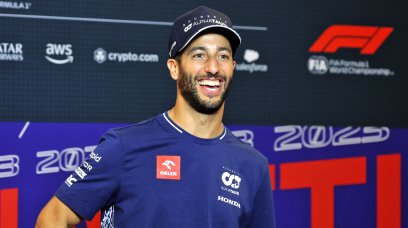


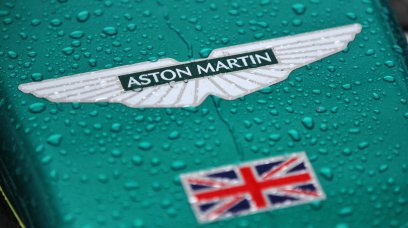
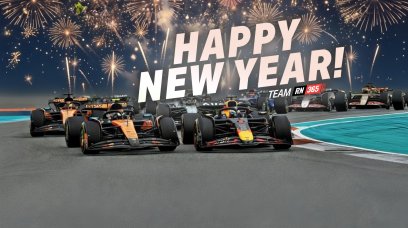



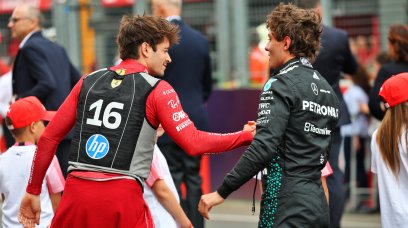





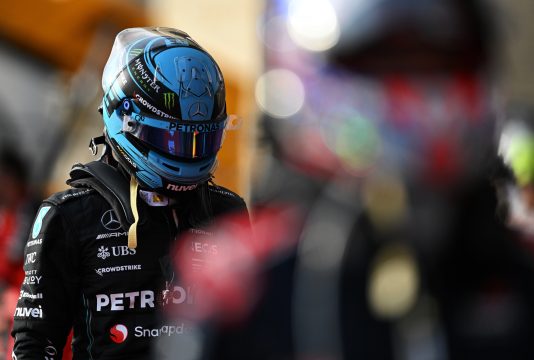


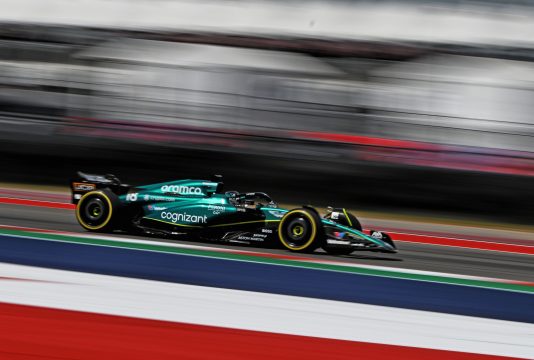

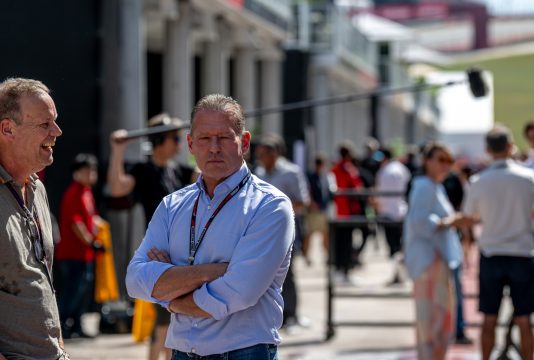


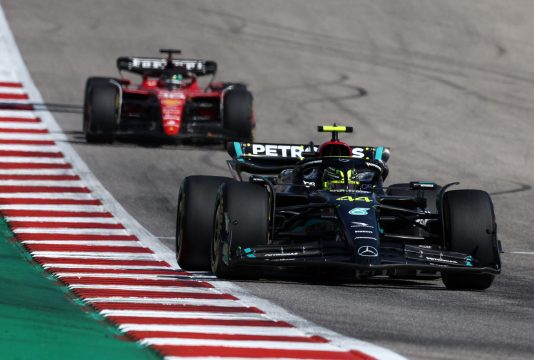
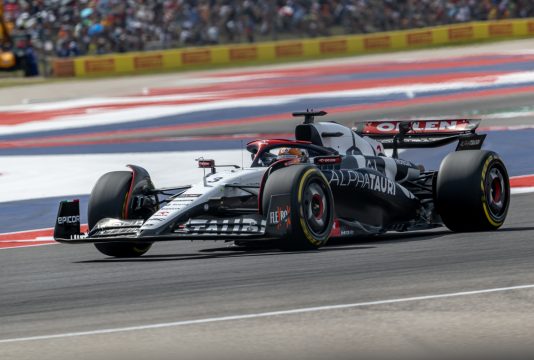

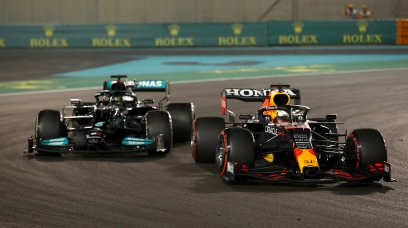
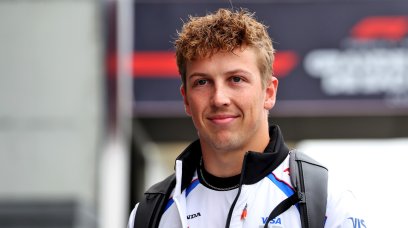
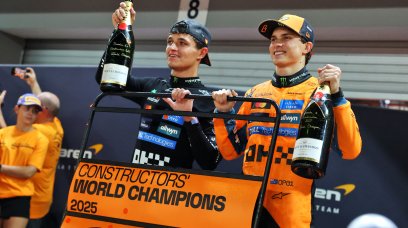
Join the conversation!